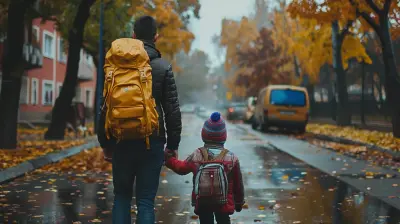Helping Kids Understand the Long-Term Effects of Bullying
2 September 2025
Let’s face it — childhood can be a wild rollercoaster. From learning to tie shoes to handling homework meltdowns, there’s a lot going on. But one thing that can really throw a wrench into a kid’s development? Bullying.
It’s not just the playground squabbles or the mean nicknames. Bullying has lasting consequences that can stick to a child like gum on a shoe. And as parents, it's up to us to guide our kids through the rough patches and help them understand that bullying (whether they're on the giving or receiving end) has long-term ripple effects.
So, grab a cup of coffee, settle in, and let’s talk about how we can help our kids understand the long-term effects of bullying in a way that sticks.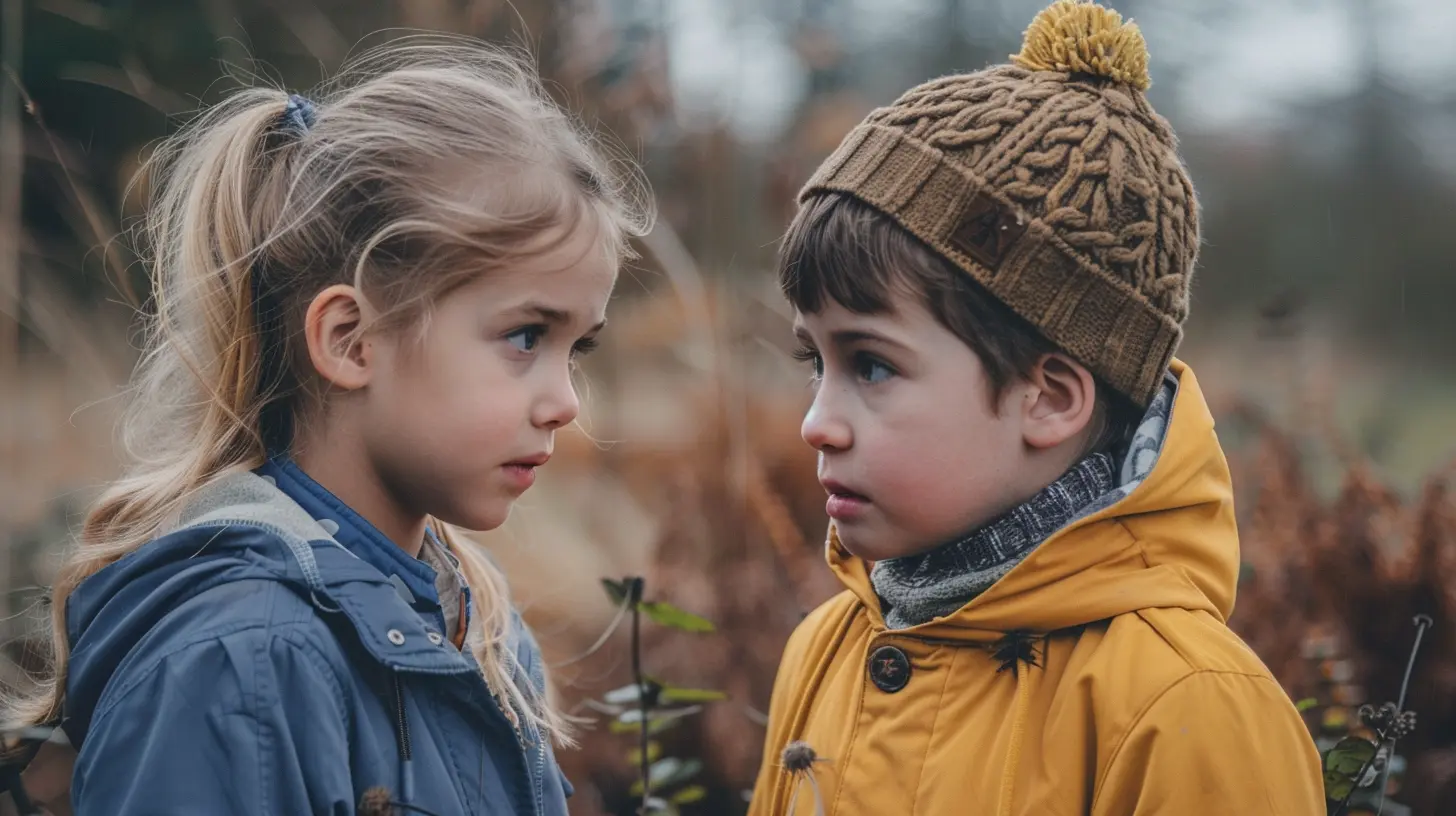
What Exactly Is Bullying?
Before we jump into the deep end, let’s break it down. Bullying isn’t just teasing. It’s deliberate, repeated behavior meant to hurt someone else — physically, emotionally, or socially.It comes in many flavors:
- Physical bullying: Punching, kicking, pushing
- Verbal bullying: Name-calling, insults, threats
- Social bullying: Excluding someone, spreading rumors
- Cyberbullying: Online harassment via social media, texting, or gaming
And guess what? All types of bullying can leave scars—we just can’t always see them.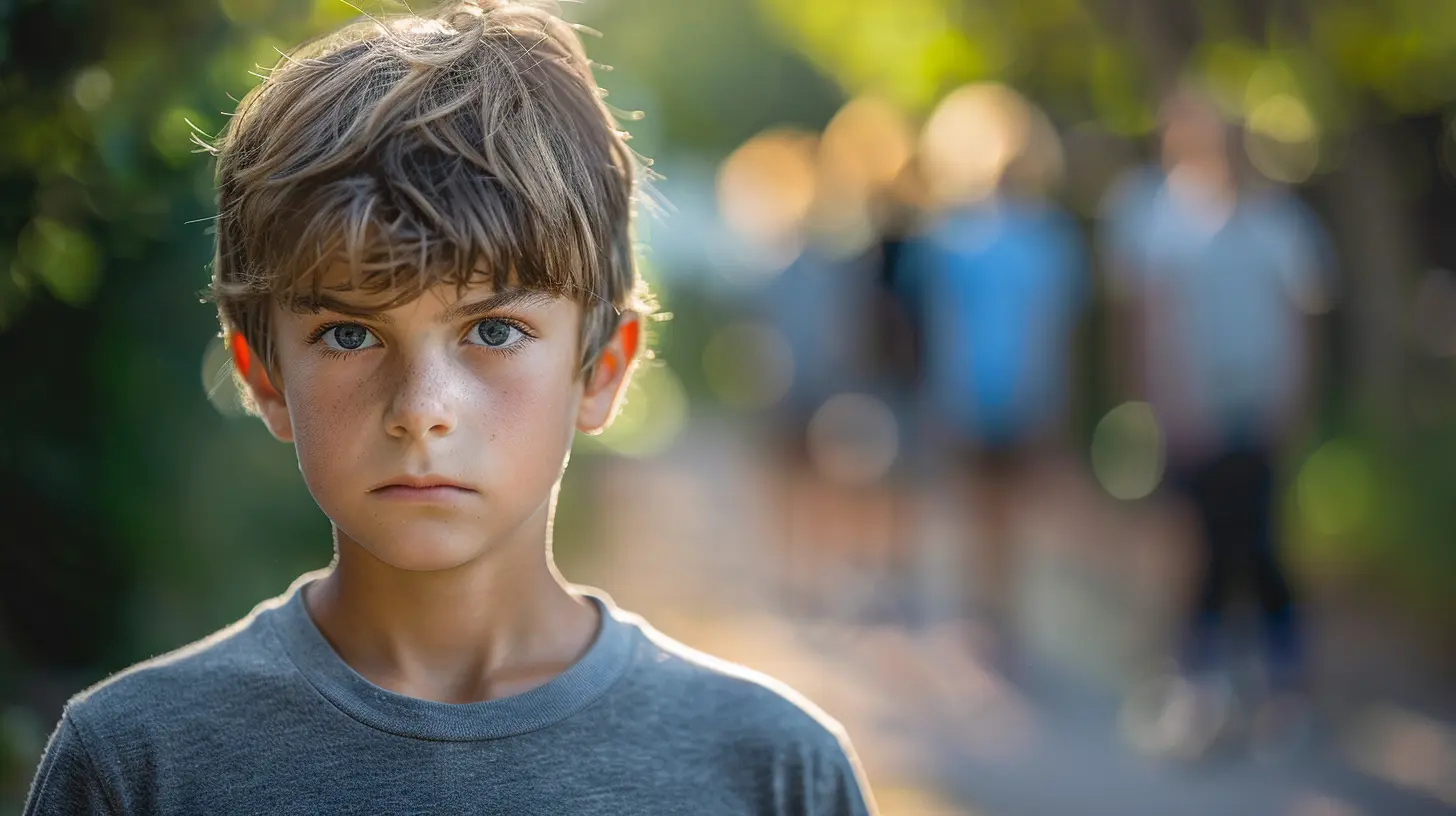
Why Kids Might Bully (And It’s Not Always Obvious)
Let’s be real: kids aren’t born mean. Bullying behavior is usually a symptom of something deeper.Sometimes, kids bully to:
- Seek attention or approval
- Feel a sense of control or power
- Cope with their own stress or insecurity
- Mirror what they see at home or in media
Helping your child understand why someone might bully doesn’t excuse the behavior, but it can build empathy and encourage deeper conversations.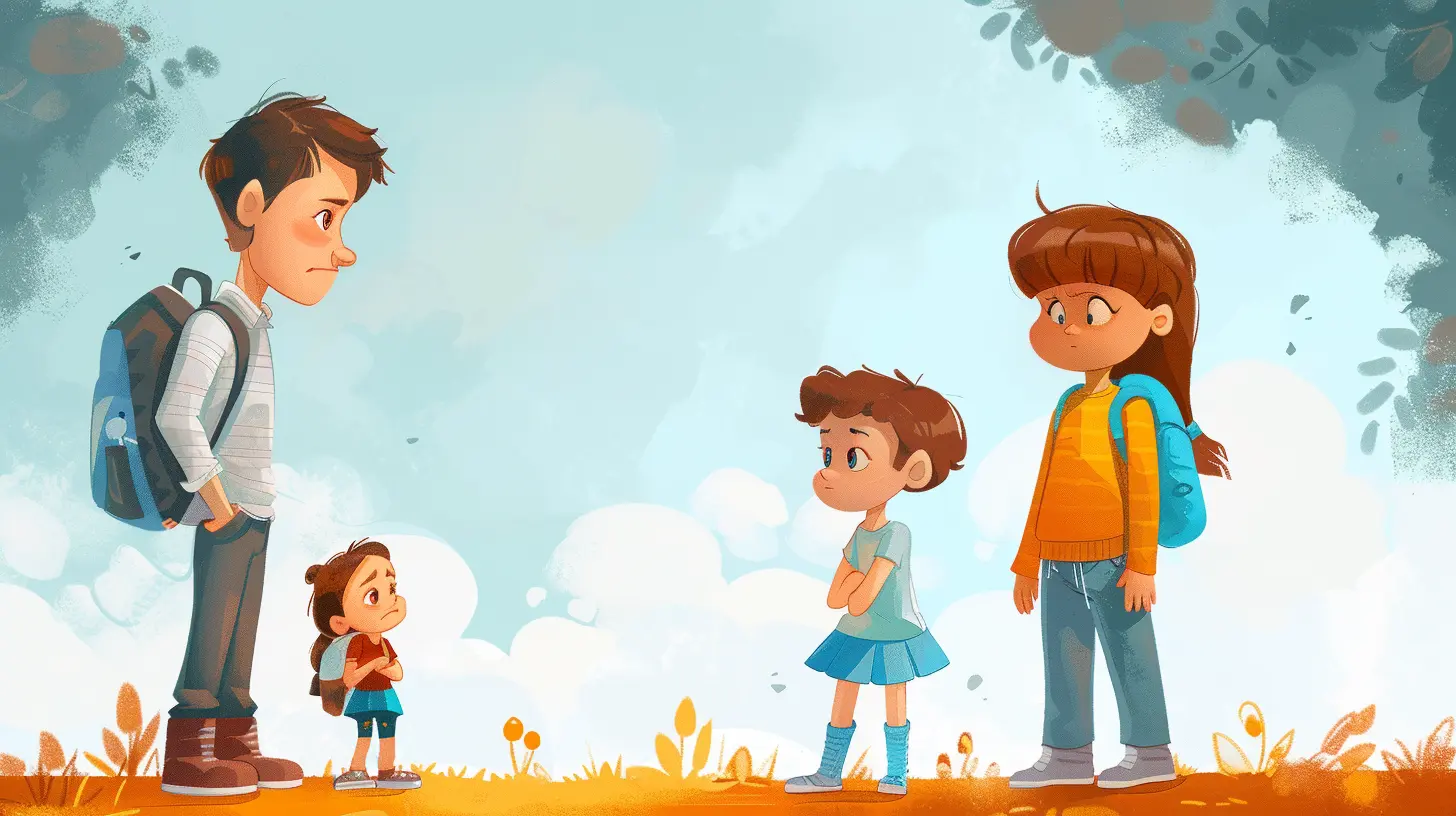
The Big Picture: Long-Term Effects of Bullying
Okay, time to get serious. Because the effects of bullying don’t magically disappear after graduation. They can linger through adolescence into adulthood, shaping the way kids see themselves and interact with the world.Let’s take a look at both sides of the story.
1. If They’re the Victim
When a child is bullied, the wounds can run deep. Here’s what victims can experience over the long haul:- Low self-esteem: Constant criticism chips away at confidence.
- Anxiety & depression: Feeling unsafe and unwanted can lead to serious mental health challenges.
- Academic struggles: Hard to focus on math when you're worried about what’ll happen at lunch.
- Trust issues: If peers hurt them, it may be hard to trust anyone later.
- Social withdrawal: They might avoid friendships or activities out of fear.
2. If They’re the Bully
Wait — the bully suffers too? You bet. Kids who bully often face consequences that sneak up on them later.- Relationship issues: Aggressive behavior doesn’t help form healthy connections.
- Academic and job problems: Discipline issues at school can extend into adult life.
- Legal consequences: Some bullying (especially cyberbullying) can land a kid in serious trouble.
- Mental health struggles: Bullying can be a cry for help... and ignoring it doesn’t make it go away.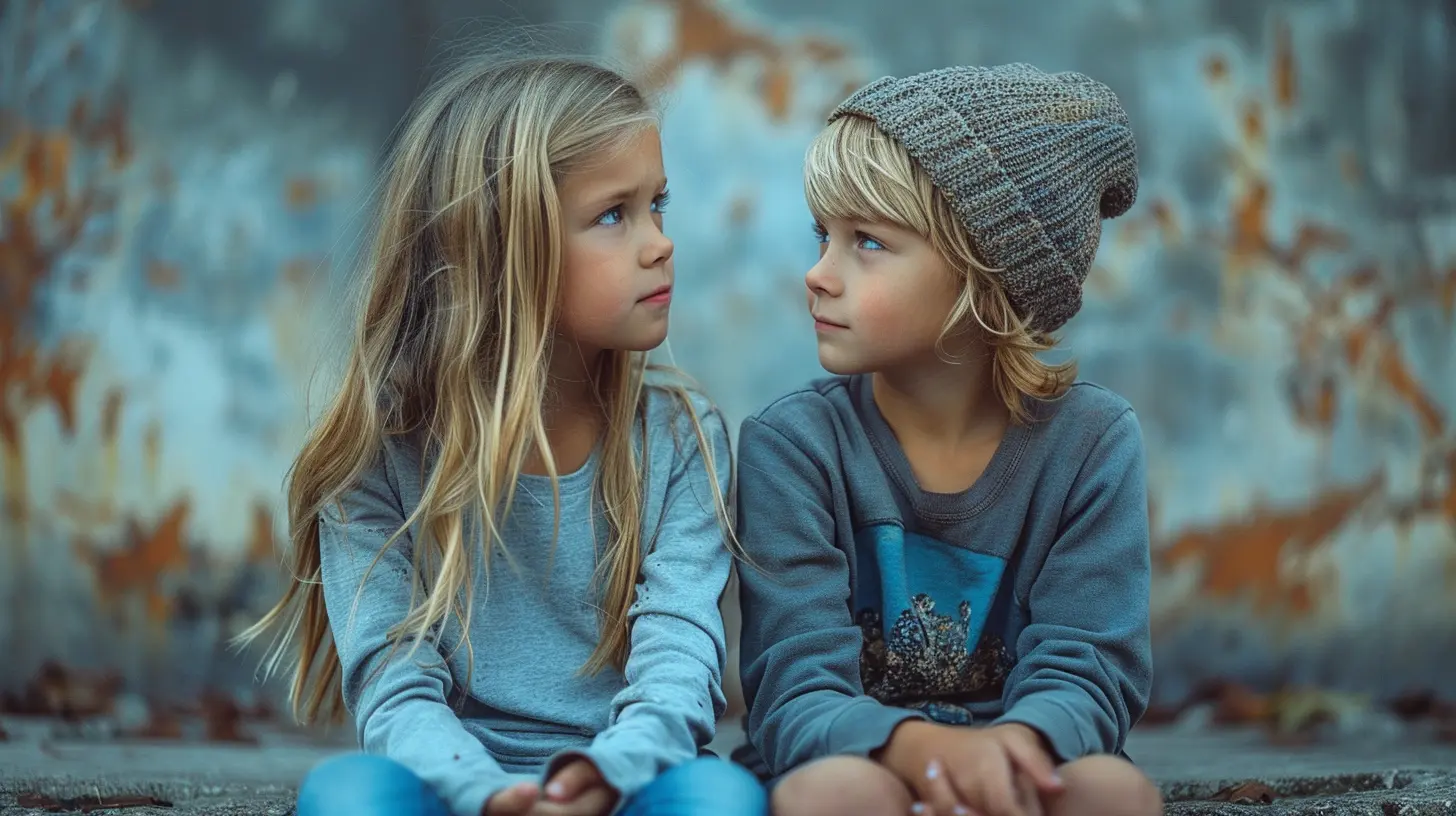
Real Talk: Why Kids Need to Understand This Early
Here's the kicker — kids might not get it until it’s too late.Many don’t realize the damage being done in the moment. It's like tossing a pebble into a pond and not seeing how far the ripples go. That’s why it’s so crucial to sit down and have the “bullying talk” early and often.
But don’t worry — this doesn’t have to be a lecture with eye rolls and sighs. It can be a conversation. Here’s how.
How to Start the Conversation (Without Getting a “Ugh, Mom!” Response)
1. Use Stories & Examples
Kids love stories. (Who doesn't?) Use books, movies, or even real-life news stories to spark conversations.> “Remember that character in the movie who got picked on? How do you think she felt?”
Boom. You're talking about empathy without it feeling like schoolwork.
2. Ask Open-Ended Questions
Avoid the yes-or-no trap. Instead, ask things like:- “Have you ever seen someone get bullied?”
- “How would you feel if that happened to you?”
- “What would you do if your friend was being mean to someone?”
It gets their minds clicking — and that’s what you want!
3. Create a Safe Space
Let them know you’re not judging. You're just there to listen, support, and help them grow into awesome humans.Helping Kids Develop Empathy (The Secret Weapon)
Empathy is the superpower that can stop bullying in its tracks. The earlier kids learn to put themselves in someone else’s shoes, the better.Here’s how to build it:
- Model empathy: Show kindness in your own interactions. Kids are always watching.
- Talk about feelings: Label emotions out loud: “That must have hurt your feelings when that happened.”
- Volunteer together: Helping others builds compassion and perspective.
- Encourage diverse friendships: Different backgrounds = richer understanding of the world.
Navigating the Digital World (Cyberbullying Is Real)
Let’s not forget about the elephant in the room: screens.Texting, social media, online games — it’s where kids live these days. And unfortunately, bullying follows them there.
Educate your kids (without scaring them) about:
- What counts as cyberbullying — name-calling, exclusion, threats, or nasty comments online
- What to do if it happens — save evidence, block the bully, tell an adult
- Why online words hurt just as much — or sometimes more — because they’re public and permanent
Remind them: if they wouldn’t say it to someone’s face, they shouldn’t type it.
Empowering Bystanders: The Silent Majority
Most kids aren’t bullies or victims. They’re bystanders — the ones who see it happening but aren’t sure what to do.Teach them that doing nothing is actually doing something — it sends a message that bullying is okay.
Instead, encourage them to:
- Speak up if it’s safe
- Support the victim
- Report it to a trusted adult
Bystanders can be powerful allies. Give your child the tools and confidence to be one.
When Your Child Is the Bully (Deep Breath, It’s Okay)
This is a tough pill to swallow. But if you find out your child is bullying others, resist the urge to panic or deny.It doesn’t mean you’re a “bad” parent. It just means it's time for a hard conversation.
Here’s what to do:
- Stay calm and listen
- Try to understand the “why” behind the behavior
- Set clear consequences
- Work together to make amends and replace the behavior with healthier choices
Remember: change happens when kids feel supported, not shamed.
Teaching Resilience and Recovery
Whether your child has been bullied or has bullied others, the road past it can feel rocky. But here’s the good news — kids are incredibly resilient.You can help them bounce back by:
- Prioritizing open communication
- Rebuilding their confidence through hobbies and achievements
- Encouraging strong, positive friendships
- Seeking professional help if needed (therapists are superheroes, too)
The goal isn’t to erase the past — it’s to build a better future.
Keep the Conversation Going
One talk won’t cut it. (Sorry!) This is an ongoing journey, just like learning to ride a bike without training wheels or perfecting the art of making peanut butter sandwiches.Check in with your child regularly. Ask how they’re feeling. Ask what’s going on at school. Stay engaged, even when they pretend they're "fine."
Because here's the truth: when kids understand the impact they have on others — both good and bad — they’re more likely to make better choices.
Final Thoughts
Helping kids understand the long-term effects of bullying isn’t always easy. But it’s one of the most powerful lessons we can teach them.Whether they’re dealing with bullying, witnessing it, or struggling to stay kind, your guidance can make all the difference.
So let’s raise a generation of kids who don’t just know better — they do better.
And hey, they just might change the world.
all images in this post were generated using AI tools
Category:
Dealing With BullyingAuthor:

Zelda Gill
Discussion
rate this article
1 comments
London McGowan
What a fantastic article! Helping kids grasp the long-term effects of bullying is so important. Empowering them with understanding fosters empathy and resilience—let’s build a kinder future together! 🌟
September 8, 2025 at 5:03 PM

Zelda Gill
Thank you! I'm glad you found the article important—together, we can make a difference in fostering empathy and resilience in our kids! 🌟
